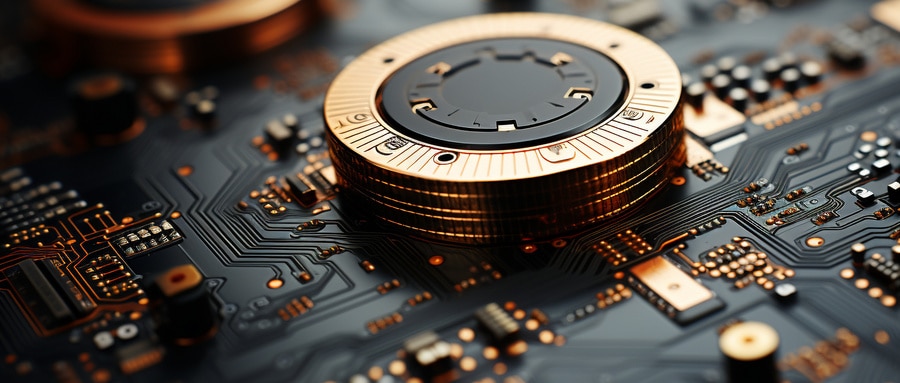Unraveling the Art of High Speed PCB Design: A Comprehensive Guide for Today’s Technical World
Undisputedly, electronics have become an indispensable component of modern lifestyle. At its center is the printed circuit board (PCB), often considered the brain of electronic devices. As technology develops further, new challenges emerge, necessitating a shift from traditional PCB design practices towards high-speed PCB design practices. This post serves as an comprehensive guide on high-speed PCB design by outlining trends, best practices and key insights into this fast-paced yet complex environment.
To understand what high-speed means in PCB design, it is helpful to first define it. High-speed doesn’t refer to electricity flowing through a circuit but rather refers to the rate at which data or signals pass through its pathways – an understanding of this concept is key when developing PCBs intended to operate with high-frequency signals like those found in modern communication devices, automated systems and high-speed processors.
At the heart of high speed PCB design lies managing electromagnetic interference (EMI). Due to higher frequencies, signal integrity becomes an increasing concern; therefore, understanding how to efficiently mitigate EMI is critical to ensure optimal performance of PCB designs. Strategies such as intelligent PCB layout design, selecting materials with appropriate properties, grounding techniques and shielding can all significantly help minimize EMI during high-speed PCB development processes.
Impedance control is another essential component of designing high-speed PCBs, due to the higher frequencies and faster switching times associated with them. Signal distortion and reflections can significantly lower performance; by employing impedance control techniques, these issues can be reduced while still upholding signal integrity while maintaining high speed performance of the board.
Management of thermal output on high-speed PCBs is also an essential consideration, with higher operating frequencies producing greater amounts of heat produced by components than ever. Effective thermal management techniques involving heatsinks, thermal vias and appropriate board material selection should be implemented during design to mitigate this heat production.
High speed PCB design continues to expand as new trends emerge, pushing miniaturization further down the spectrum of this subject matter. Miniaturization brings with it unique challenges; among these are increased demands for layer stackup precision, higher track densities and smaller vias requiring careful consideration during layout phase of PCB design process.

Overall, high speed PCB design can be both challenging and rewarding. While complexity levels may seem intimidating at first, with proper understanding of fundamentals, design methodologies, and precision work you can craft an exceptional PCB system with no major faults or deficiencies in functionality.
This article seeks to provide you with an in-depth introduction to high speed PCB design, exploring its challenges, trends and unmistakable significance in today’s technologically advanced society. As technology continues its rapid pace of change, mastery of high speed PCB design will remain essential – cementing it as an indispensable skill in electronic engineering’s landscape.
High Speed PCB Design FAQ:
- What is a High Speed PCB design?
High Speed PCB design refers to designing PCBs that can handle signal integrity issues that generally arise in designs with high clock frequencies or fast switching rates. - What is the importance of High Speed PCB designing?
It ensures that circuits operate without errors despite fast signals, eliminating issues such as cross talk, noise, and electromagnetic interference. - What are key considerations during high speed PCB design?
Critical considerations include controlling impedance, managing skew, and proper routing for critical signals, among others. - What is the role of impedance in high speed PCB design?
Controlling the impedance of signal lines is crucial to prevent reflections that can cause data corruption in high-speed digital circuits. - What is skew in High Speed PCB Design?
Skew refers to the timing mismatch due to different signal path lengths. It can be controlled through equal trace length routing. - What tools are used in High Speed PCB Design?
Tools such as software for schematic capture, PCB layout design, and signal integrity analysis are essential. - What is the impact of temperature on High Speed PCBs?
High-speed circuits often produce significant heat, so thermal management is a key consideration to prevent performance degradation or damage. - How does Layer Stacking affect High Speed PCB design?
Proper layer stacking can minimize cross-talk and electromagnetic interference, especially for high-speed PCBs. - What is the significance of via transitions in high speed PCB designs?
Poorly designed via transitions can result in impedance discontinuities, causing reflections and signal integrity issues. - What are best practices in High Speed PCB Design?
Some best practices include using differential signaling when possible, minimizing via use, limiting trace lengths, and more. Proper training or consultation with experts is advised.























